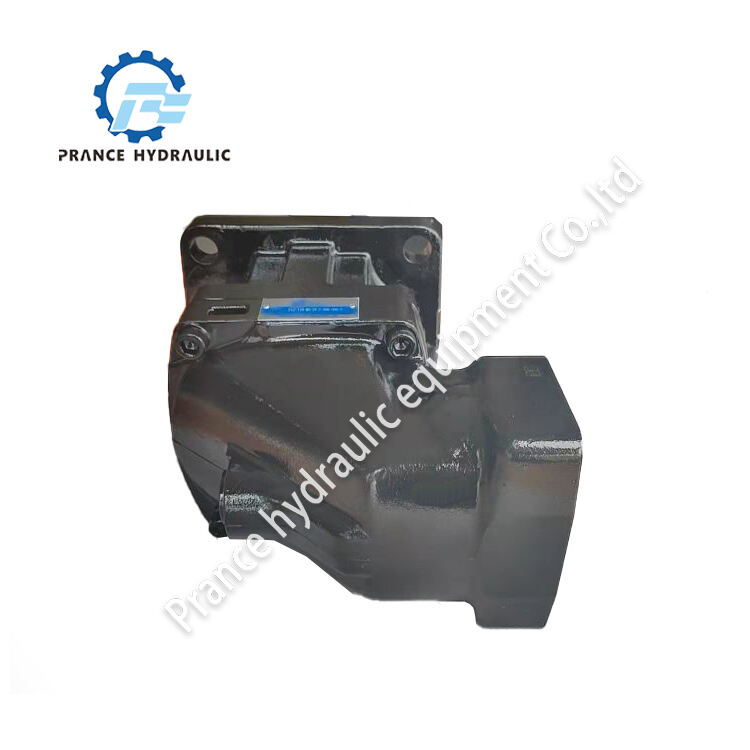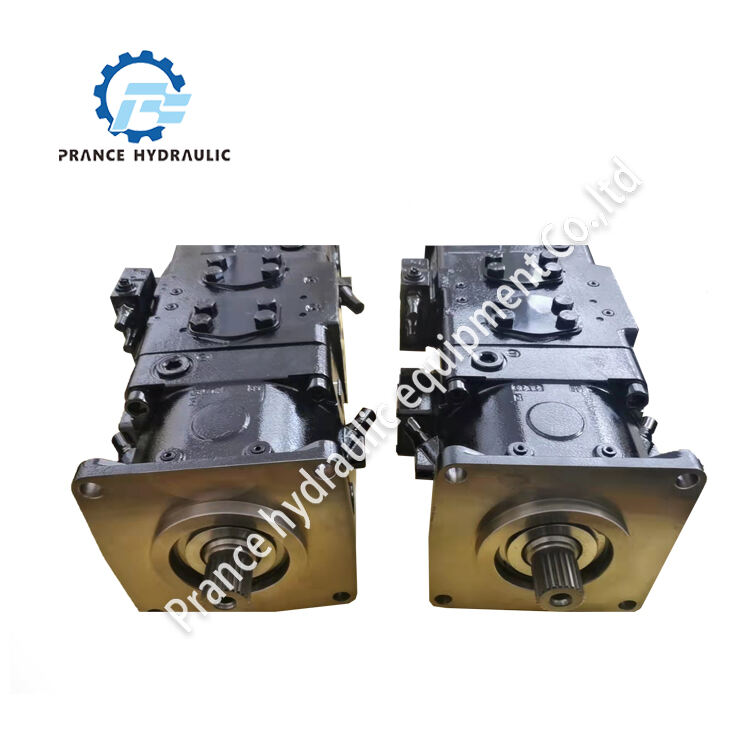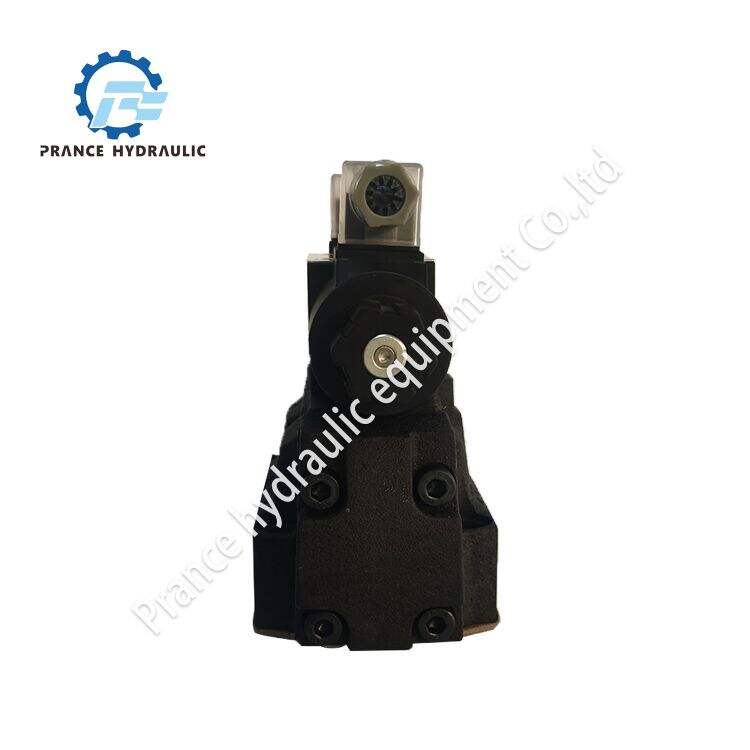Ahoj! Kdy jsi někdy slyšel o uvolňovací ventil hydraulický ? Tyto chytré přístroje se používají k ovládání různých strojů a vynálezů, které používáme každodenně. Zjistěme detaily toho, jak hydraulické motory fungují a jakou roli hrají v hydraulických systémech.
Hydraulické motory jsou superhrdinové strojů. Využívají sílu tekutin – tekutin jako olej a voda – aby vyprodukovaly sílu a daly věci do pohybu. Hydraulické motory nám pomáhají pohybovat se a hydraulické motory pomáhají pohybovat stroje, které nás dopravují. Mnoho strojů by bez nich nefungovalo tak dobře.
Odtud, hydraulická pumpa traktoru v případě, že se jedná o velké zařízení, jako jsou buldozery, jeřáby a traktory, se tyto zařízení používají. Když pracovník aktivuje hydraulický systém, motor vytváří sílu, a to prostřednictvím tlaku, který vytváří pohybující se tekutina. Tato síla nutí kolo, koleje nebo jiné části stroje k pohybu, aby mohla kopat, nést těžké věci nebo orat pole.

V hydraulickeém motoru patří k pohybovým dílům koléska a pistole, které pomáhají převádět hydraulickou energii na mechanickou. Otáčejí se a vytvářejí pohyb stroje, ke kterému jsou připojeny, když dovnitř proudí tekutina a tlačí na tyto součásti. Je to zábavní tanec, kde převádíme energii tekutiny na pohyb!

Hydraulickeé motory jsou skutečně úžasné z mnoha důvodů, ale jeden z nich je efektivita. Vyvíjejí obrovskou sílu aniž by zabíraly spoustu místa. To je dělá ideálními pro stroje, které mají být malé, ale mocné. Hydraulickeý motor také může pracovat různými rychlostmi, takže lze použít pro mnoho úkolů.

Hydraulickeé motory poskytují konstantní, hladký pohyb, což je důležité pro stroje, které musí pracovat něžně. Od těžkého zdvývání po řízení, hydraulickeý motor má dostatek síly, aby dokončil práci. A protože používají tekutiny namísto pevných součástí, obvykle trvají dlouho a nezlomí se, takže jsou spolehlivými nástroji pro mnoho průmyslových odvětví.